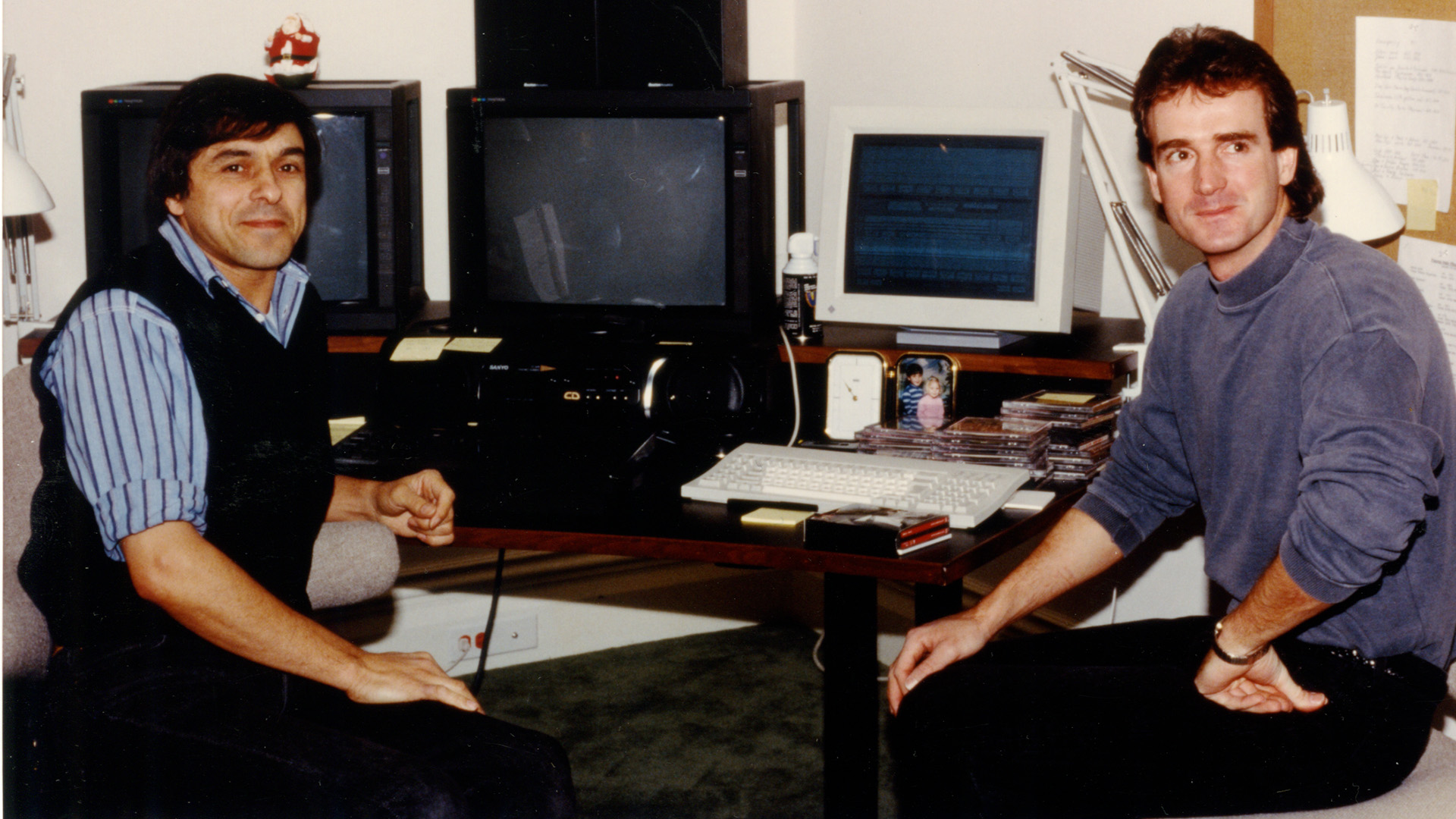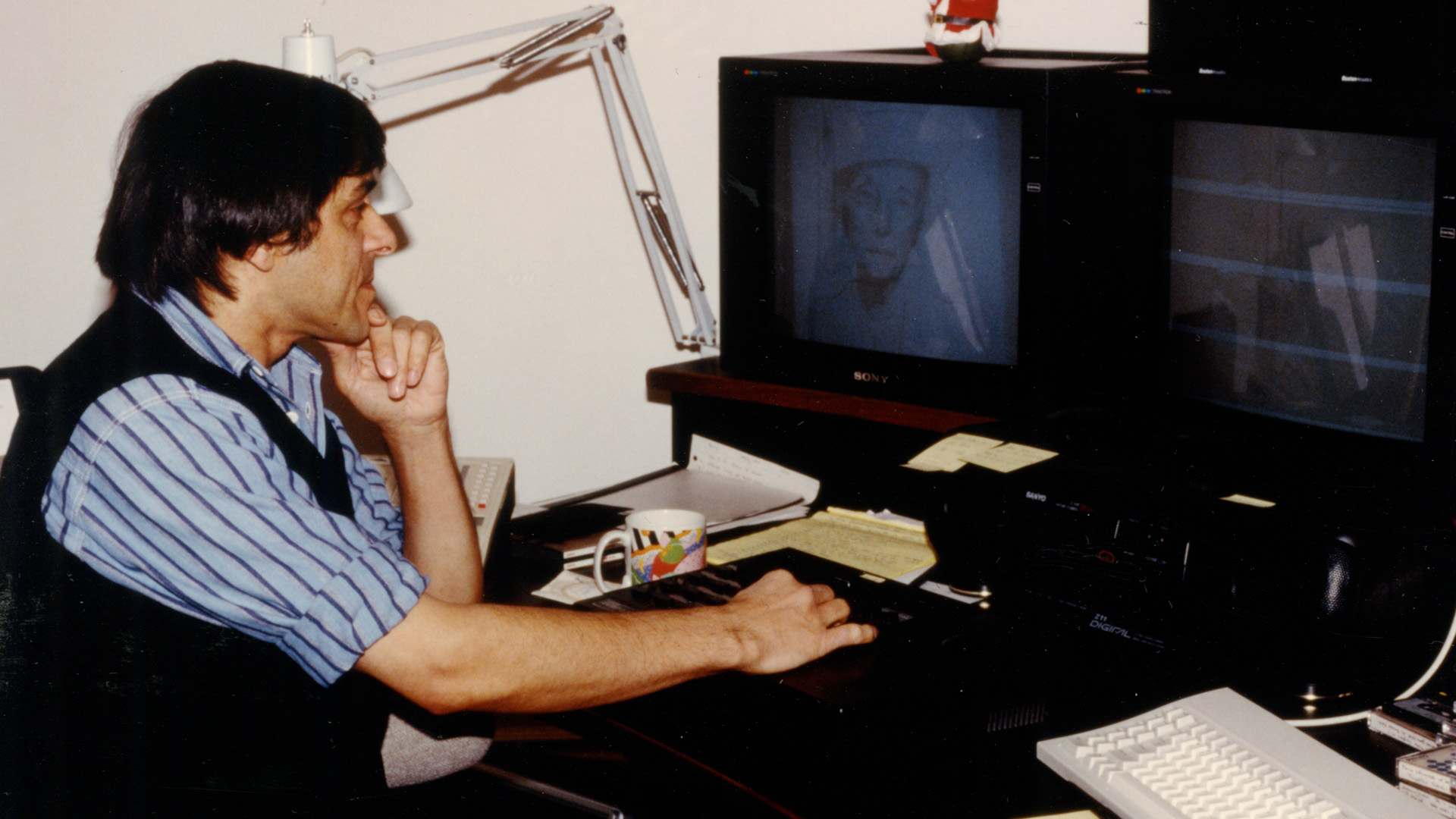Edgar Burcksen, Pioneering Digital Editor, Passes Away
The Dutch-born film editor helped innovate a new approach to the craft while making Young Indiana Jones.
Lucasfilm joins the global filmmaking community in mourning the recent passing of Edgar Burcksen. With decades of experience as an editor for television, feature films, and visual effects, the Dutch native made important contributions to the digital renaissance here at Lucasfilm in the 1990s.
Having established his film career in the Netherlands, Burcksen came to the United States in the 1980s where he eventually found work in San Francisco. Late in the decade, he was hired at Industrial Light & Magic (ILM), where he worked as a visual effects editor on projects like The Hunt for Red October (1990) and Die Hard 2 (1990). Early in 1991, Lucasfilm producer Rick McCallum recruited Burcksen to help establish the post-production department for the company’s new live action television series, The Young Indiana Jones Chronicles.
George Lucas had ambitious plans for the series, with cast and crew setting out on a globetrotting shoot across Europe, Africa, Asia, and North America. The intrepid production schedule, however, was only the beginning. For years, Lucas had been pushing innovation in digital filmmaking tools, utilizing different groups within Lucasfilm to do so. Among these breakthroughs was the EditDroid, one of the first nonlinear computer editing systems, which debuted in 1984. By the early 1990s, the tool had seen limited use, and was yet to catch on in the mainstream. Lucas was eager to change that.
Edgar Burcksen had been introduced to the EditDroid while still at ILM, where an updated version had recently been installed. During a time when many traditional film editors were skeptical if not outright fearful of computerized editing machines, Burcksen openly embraced the new technology. Joining the Young Indy crew, he collaborated with Lucasfilm engineers and technicians to establish a functioning EditDroid post-production office in the basement of the Main House at Skywalker Ranch.
With Burcksen as supervising editor, Young Indy was edited with an entirely digital workflow, including its soundtrack, which Skywalker Sound artists created with the EditDroid’s sibling tool, the SoundDroid. Burcksen and his fellow editors also utilized new imaging tools like Photoshop (co-created by ILM employee John Knoll) to create simple visual effects for various episodes. “With…digital post-production, once the show has been shot, it never really goes back to film,” George Lucas would say at the time. “We have managed to streamline everything, and hopefully make…the entire post-production process [more efficient].”
What at the time was pioneering work is today standard practice for the large majority of editorial teams in film and television. Just a couple of years into Burcksen and the crew’s work on Young Indy, the EditDroid would be sold to Avid Technology in Massachusetts and incorporated into their own non-linear editing system, Media Composer, which today continues to be a dominant tool across the artform.
In memory and celebration of Edgar Burcksen’s integral role in Lucasfilm’s history, we’ll conclude with one of his own reflections, written for a company newsletter in March 1992, the month that Young Indy premiered on American television (Burcksen had edited the first episode):
“The uniqueness of Young Indy does not just consist of dramatic content, opulent photography and production design, feature film-like editing, visual effects or soundtracks – the technical innovation spearheaded by EditDroid is probably even more stunning. The whole show is shot on 16mm film and digitally posted in picture, visual effects and sound, without using the traditional film post-production tools. We are all using computers of some sort to do our ‘perf-less’ job. Since nobody has ever done this before, we had to invent and design our way through the process, taking a lot of technical leaps on the way, and still meet air deadlines. With the EditDroid people on our side, a lot of agony, perseverance, talent and a lot of hard work of all players involved, we were able to come through.
It may be a little bold to say, but I think that all of us, under the inspirational leadership of George Lucas, are taking film post-production a quantum leap into the future.”

Lucasfilm | Timeless stories. Innovative storytelling.

